As I was putting away the last of my works from ‘Wood nude tree limb’ last night, it struck me that mounting your own exhibition has a lot in common with camping. Don’t take me too literally on this – there were no barbeques or long walks to the toilet during our show, it’s just that the ‘temporaryness’ felt the same.
With both it seems that what you need to do is find a space that you like, that you feel comfortable in, then you fill it with your things, spending ages arranging and rearranging till it feels just right. Then of course you invite people to come and enjoy it with you.
I realise this isn’t the way everyone does camping but I like to have my camp in reasonable order so I know where to find the lighter or the teabags or the midge spray in a hurry. And I think most campers would be fairly careful in choosing their site before they pitch their tent – as the saying goes, “Pitch in haste, regret at leisure up to your ankles in water in a force 9 gale”. These were good choices thankfully, at Blinkbonny Wood East Lothian and Big Sands, Gairloch.
I used to be a puppeteer many moons ago and performing in a small touring company demands many similar skills and tasks too – meticulous planning and packing balanced by a willingness to embrace the unforseen, gamely problem solving when the sets won’t fit through the doorway for instance (despite being assured by the venue that they would!). There’s a huge amount of effort that goes into setting up a touring show in a new venue, making sure that everything is where it should be onstage and that the audience sees what you intend them to see. Perhaps this is where my attention to the little details such as labels being straight stems from.
There’s also the short periods of intense activity contrasting with the long periods of sitting around not doing much and possibly getting a bit bored. All that transporting, building, lifting, fixing, cleaning, fiddling about, then it’s done and we can all have a glass of wine.
I like to sit in the gallery during the period of the show because I enjoy meeting people and talking about the work. Their feedback and comments help me reflect on my work – it’s a rather lonely business making art so it’s always interesting to me to hear other viewers thoughts. When it’s quiet in the gallery it’s nice just to contemplate, to look at it critically from a greater distance than usual and in a different context or light. I tend to generate lots of ideas for new work during these times and other artists I’ve spoken to agree that can be worth mounting a show for this reason alone.
Then the show has to come down and what has felt very much like home reverts back to being just a big empty echoey space. The newly filled holes in the wall are like the yellowed patch of grass where the footprint of the tent has been – the stage is cleared, the pitch is clean. One last check around to make sure there’s nothing left behind and it’s all in good order for the next traveller, then we’re off.
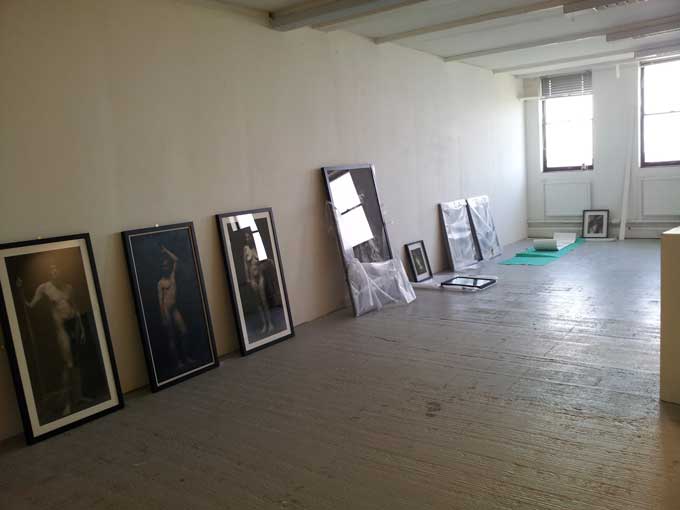
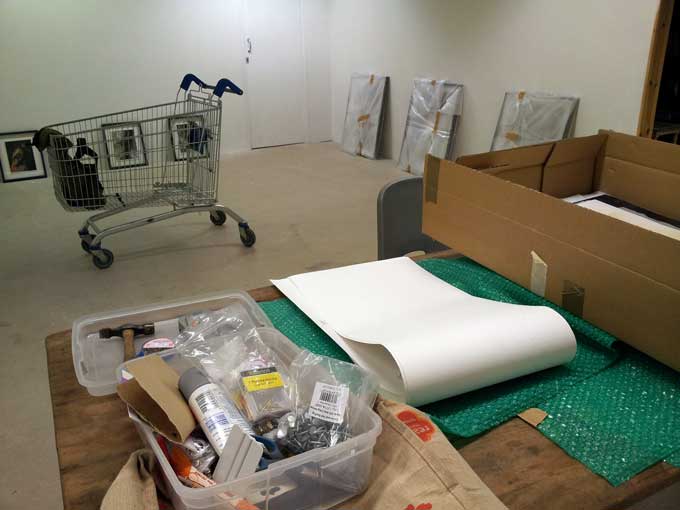
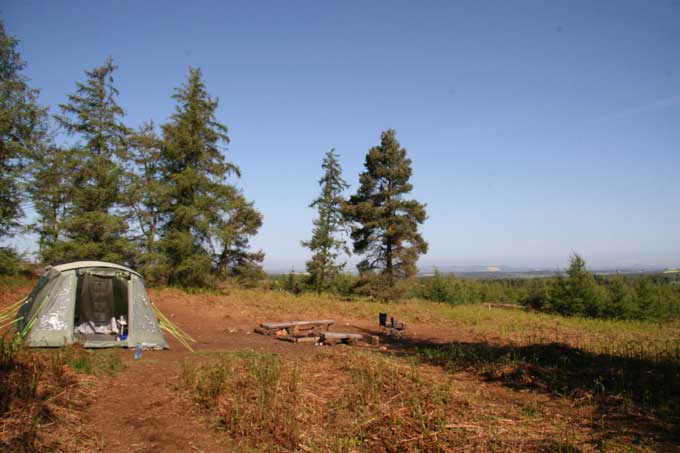
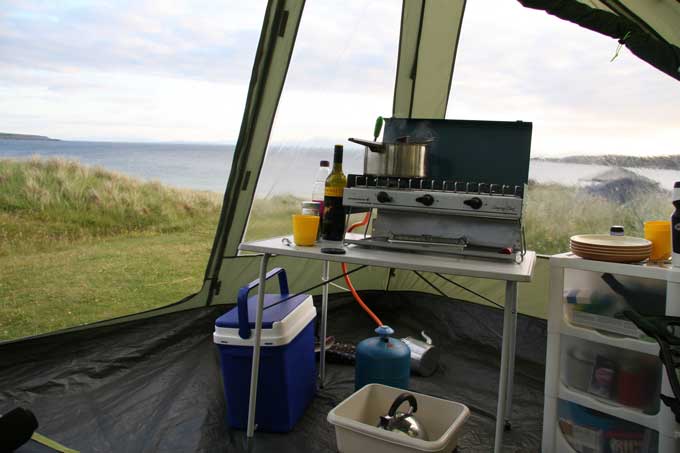
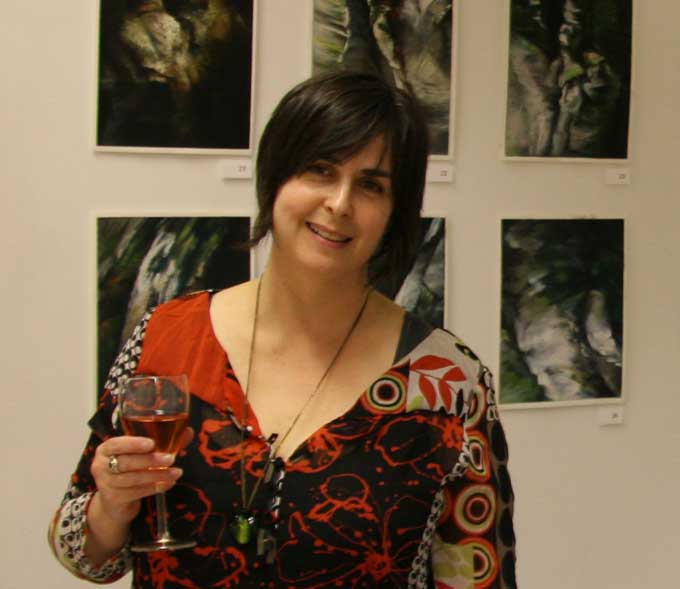
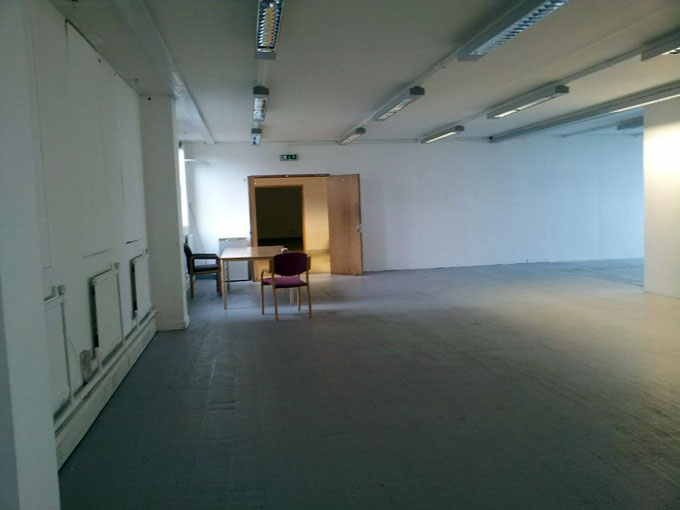
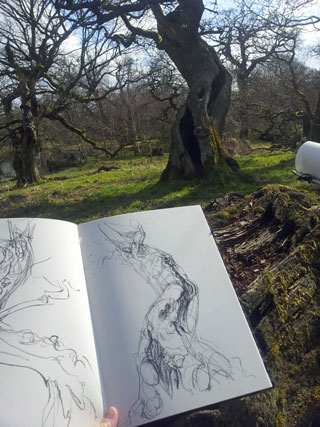

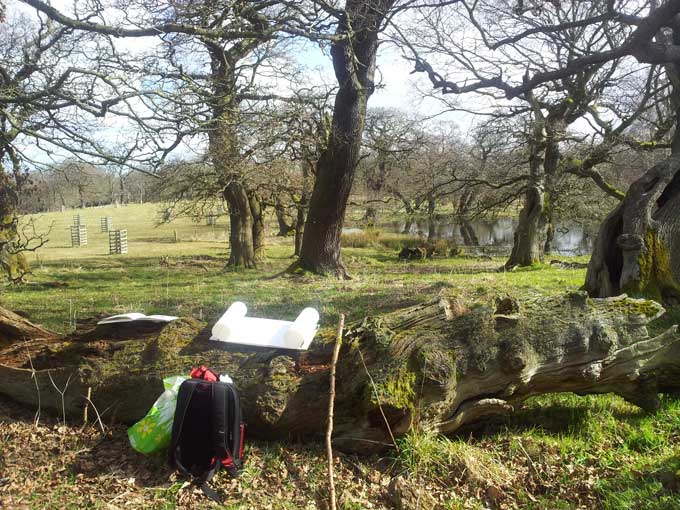
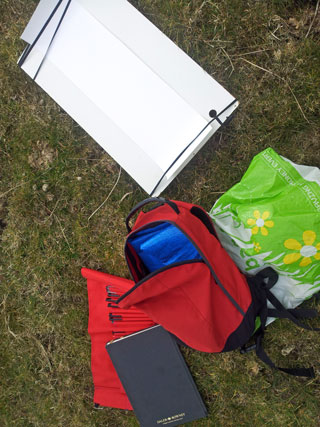
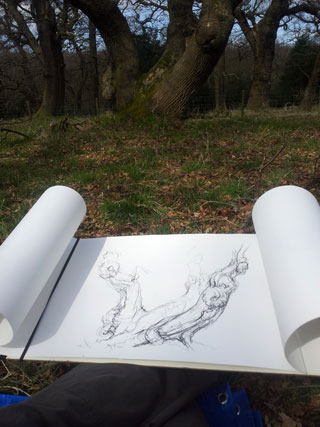
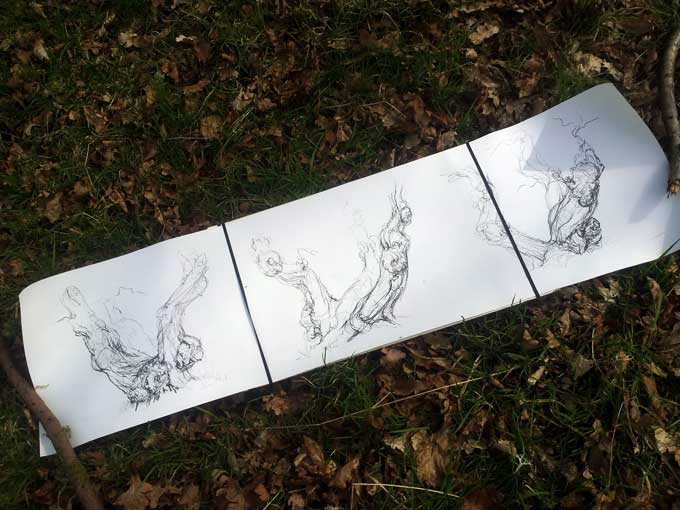
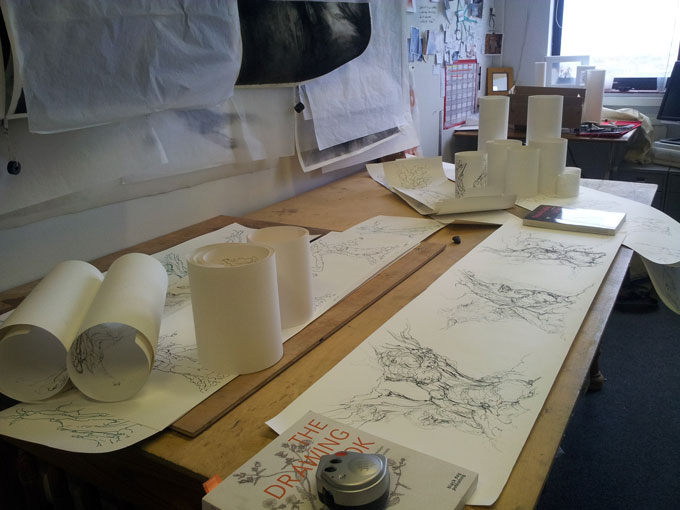
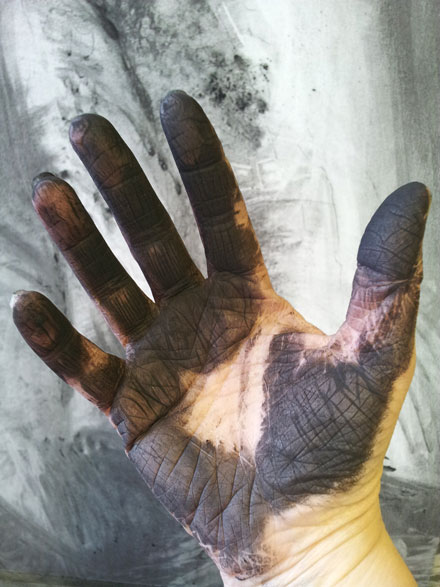


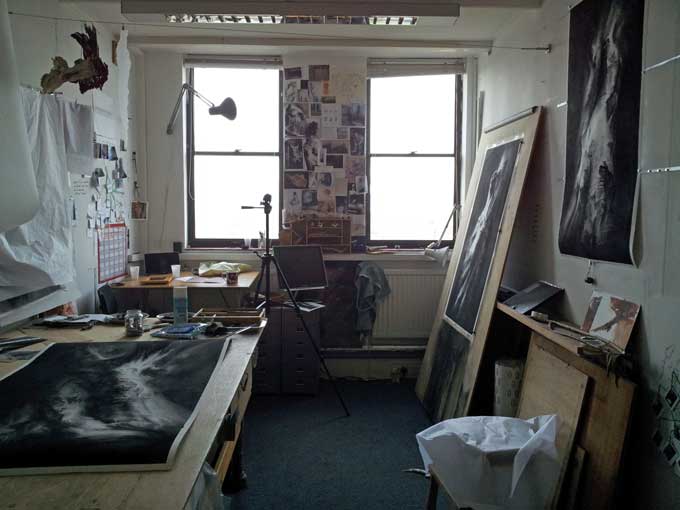
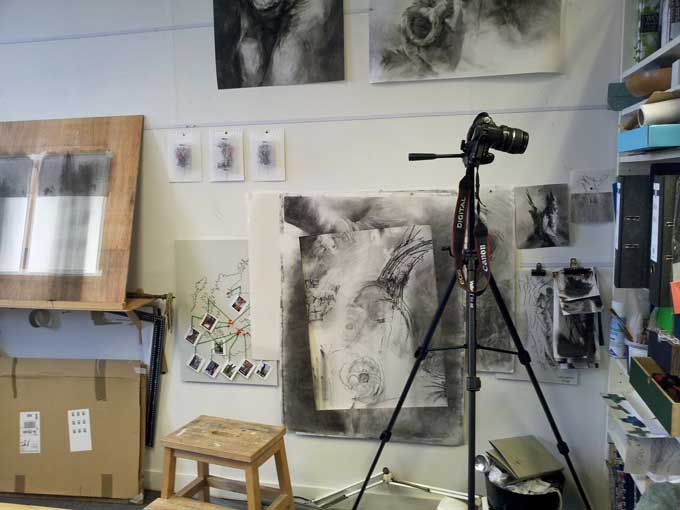
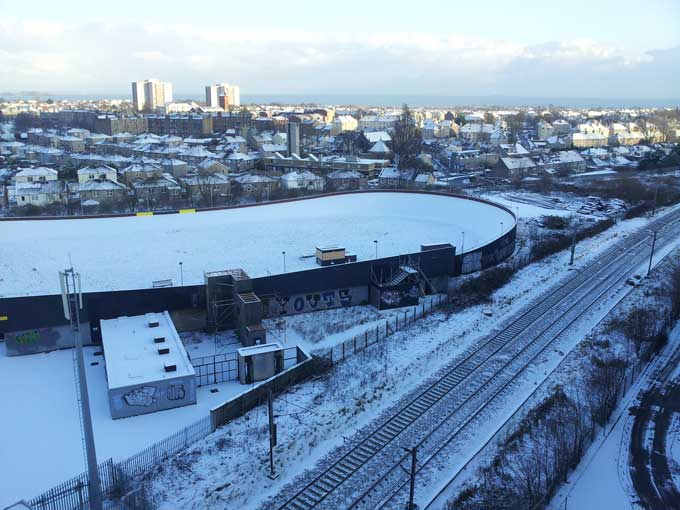




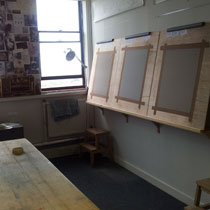 As the Art’s Complex Summer Show comes to an end, so the work begins to get ready for my second solo show coming up in October. Entitled ‘Damaged woods’, the exhibition will explore the way trees respond to damage and disease and how their forms record it in three dimensions. All the research and field studies were done in the early spring and now it’s time to face the blank sheets and start drawing!
As the Art’s Complex Summer Show comes to an end, so the work begins to get ready for my second solo show coming up in October. Entitled ‘Damaged woods’, the exhibition will explore the way trees respond to damage and disease and how their forms record it in three dimensions. All the research and field studies were done in the early spring and now it’s time to face the blank sheets and start drawing! It’s been impossible to get a day dry enough to draw outside for longer than five minutes but so much rain has a wonderful effect on the bark of some beech trees. They become very dark grey and shiny, looking almost like well moisturised hide like this one at Beecraigs, West Lothian. I’ve drawn this one one before but never seen it like this, so I’m hoping for rain on my next trip too!
It’s been impossible to get a day dry enough to draw outside for longer than five minutes but so much rain has a wonderful effect on the bark of some beech trees. They become very dark grey and shiny, looking almost like well moisturised hide like this one at Beecraigs, West Lothian. I’ve drawn this one one before but never seen it like this, so I’m hoping for rain on my next trip too!